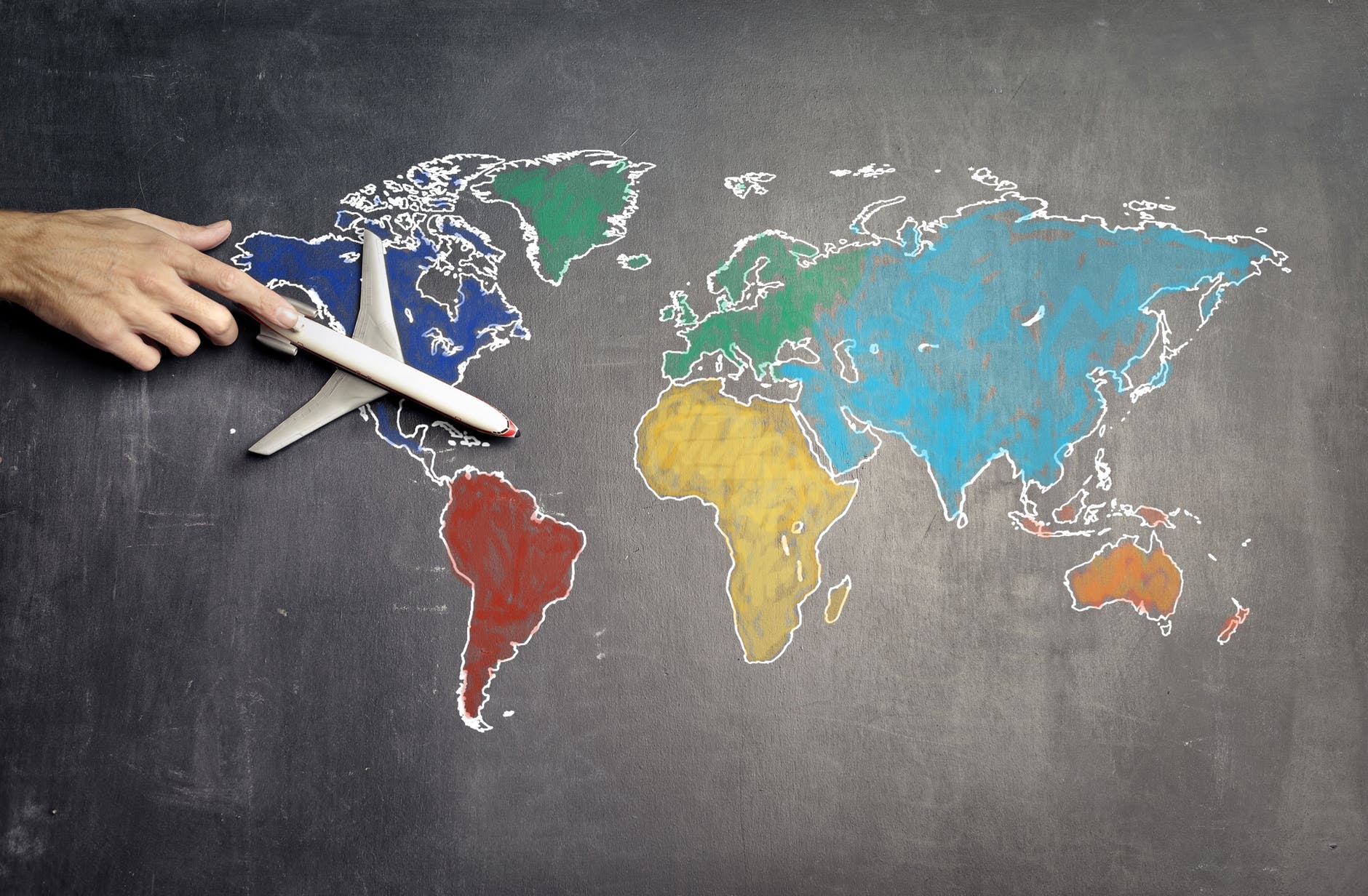Many states are considering implementing or expanding tolls. But, if you’re planning a cross-country road trip, you might be surprised to hear that tolls exist in every state except Nevada.
Many Toll Booths Don’t Take Cash Payments
Many toll facilities, such as the Massachusetts Tollway and New York and Florida, no longer accept cash. While cashless toll systems have become increasingly common in the United States over the last several years, it’s still possible to get hit with a bill in the mail if you don’t have an appropriate transponder.
Saving money by driving a little further can add up
Unfortunately, the lack of toll pricing information on the most popular mapping and GPS apps makes it impossible to know if there is a more efficient route that will save you money on the tolls. On the other hand, Toll apps show these expenses and picking a different route slightly increases travel time, typically resulting in significant savings.
You may save over $30 and only add 15 minutes of driving time by taking an alternate route from Philadelphia, PA, to Chicago, IL, costing $69 in tolls (cash rate). Therefore, you can save approximately $2 for every additional minute of driving time!
Some tolls are seasonal
Many people know that some tolls have hourly peak and off-peak rates; however, few know about peak and off-peak seasonal toll rates. For assistance, use the i-90 toll calculator to know what the toll rates for the routes are at that time when you’ll be driving.
Every few minutes, some toll fees fluctuate in price
High Occupancy Vehicle (HOV) lanes are increasingly converted to tolled (HOT) lanes. Solo drivers can use HOV lanes for a price in these Managed or Express Lanes, where the fee is decided by traffic congestion and can change every three minutes.
Even if you qualify for HOV status and are not charged, these lanes are a fantastic paid alternative to avoid rush hour traffic near extensive urban areas like Washington, DC. However, notice that most of these lanes require a transponder.
Bring a transponder with you
Toll highways are rather famous in the United States. Thus many individuals have passes for them. It’s possible to use your current toll pass device in some of these places. If you will, this will be highly beneficial.
A transponder like an EZ Pass may be used in 16 states, so you may want to bring it if you plan to travel to any of these states.
Have a Reserve of Cash on Hand
No matter how obvious something seems, it’s always good to be reminded of it. For example, it’s good to have some cash in your car in a baggie or envelope when driving. The majority of the country’s tolls can be paid with just a few dollars.
Keep that in mind if you’re renting a car. Make a trip to the ATM or save any spare change you obtain at the airport, so you’re prepared for your journey.
In large cities, be aware of your surroundings
Tolls are a big problem in some metropolitan areas. For example, the New Jersey Turnpike, San Francisco, and the Chesapeake Bay are the most expensive places to drive in the United States. If you’re driving via bridges and tunneled places, you’ll have to pay more than $10 for each toll.
Tolls that have gone unpaid
Some toll roads don’t accept cash payments. If that’s the case, proceed as usual, and you’ll get a bill in the mail later. Inconveniently, there is little you can do to avoid this additional charge.
It’s a smart option to have some cash on hand when you’re unsure what to do.
Conclusion
Toll roads in the United States have increased three times greater than system-wide roadway mileage over the past decade, and this trend shows no sign of abating. As states such as Oregon and California test road usage tax models where drivers are charged a fee for each mile driven, it’s likely that every mile you drive may be tolled one day soon.

